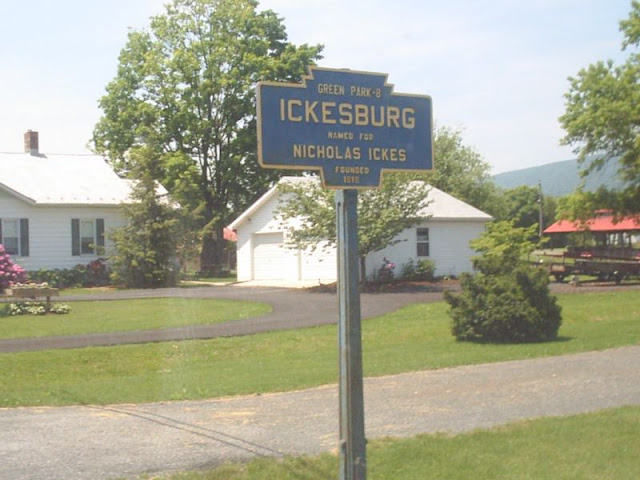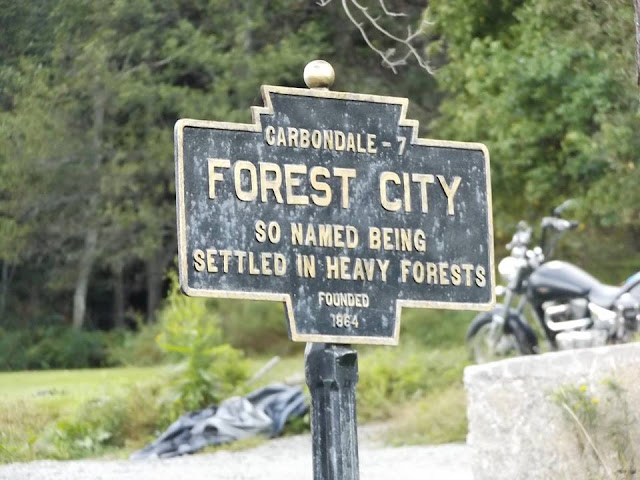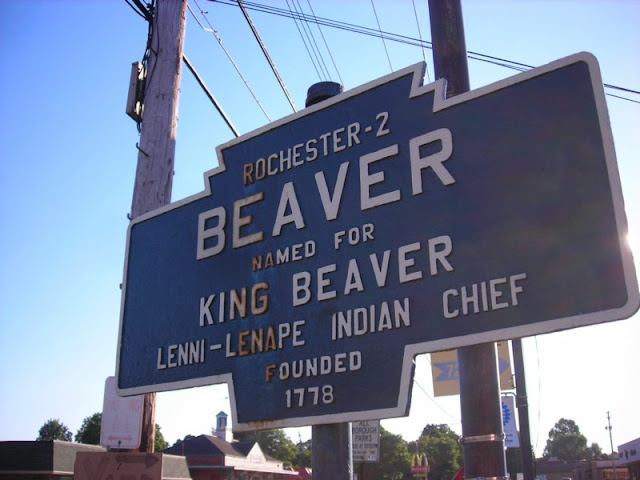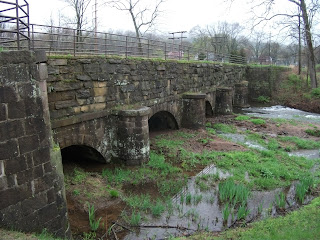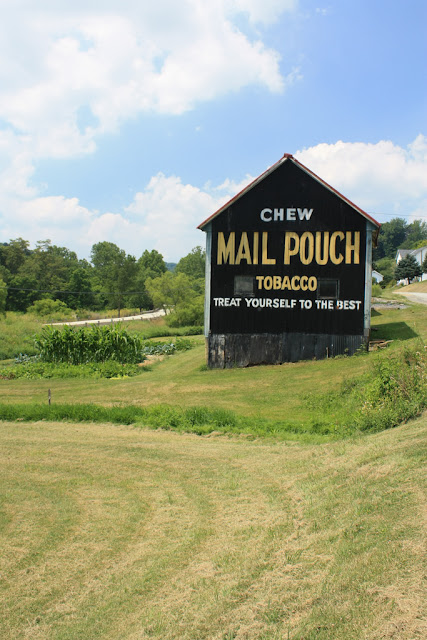Having spent a significant chunk of my life residing near New York State's canals, such as the famous Erie Canal and the lesser known, yet still important Champlain Canal, I've become interested and acquainted with historic canal infrastructure. During a trip I made into Pennsylvania in April 2011, I stumbled across the Allegheny Aqueduct Historic Park just outside of Reading, in the town of Gibraltar, so I had to check it out. The Allegheny Aqueduct was built in 1824 as part of the Schuylkill Canal, which went from Schuylkill County to Philadelphia. The aqueduct was constructed to allow boats to travel across the Allegheny Creek, which could not be incorporated into the canal itself. At 112 1/2 feet long, the aqueduct features five stone arches as it crosses over the creek and was in use until 1919. These days, the aqueduct is part of a county park and is listed on the National Register of Historic Places. Sources: Allegheny Aqueduct Historical Park - County of...


